Our Anniversary Classics Series closed out 2015 in grand fashion with a sold out 35th anniversary screening of SOMEWHERE IN TIME at the Royal on 12/15. This romantic fantasy cast its spell once again to an appreciative crowd, many of whom had not seen their favorite on the big screen since its original opening in 1980. Through the years it has developed a cult following and after viewing again last night its easy to see why.
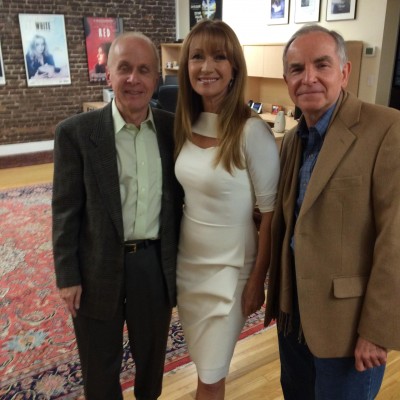
The film’s co-star Jane Seymour and director Jeannot Szwarc entertained the audience with remembrances about making the film and even a few heretofore unknown secrets. Some fans came dressed in period costumes so altogether it was quite a memorable evening!
We will have many more memorable screenings in 2016, and to start the new year off we feature the 50th anniversary of John Ford’s YOUNG CASSIDY, starring Rod Taylor, Maggie Smith and Julie Christie. Our special guest is the film’s Oscar-winning editor, Anne V. Coates, the recipient this year of a lifetime achievement award by the Los Angeles Film Critics Association. This screening takes place on January 6, 2016 at 7:00 pm at the Royal in West LA.
More about this and other Anniversary Classics events for 2016 very soon. For the latest updates visit www.laemmle.com/ac or join our Facebook group! Happy Holidays!

 The 88th Academy Awards nominations will be announced January 14th but Oscar completionists can get a head start on the Documentary Features category thanks to the
The 88th Academy Awards nominations will be announced January 14th but Oscar completionists can get a head start on the Documentary Features category thanks to the 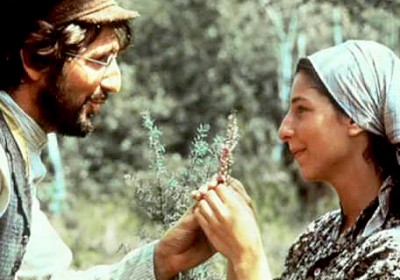 Will the matchmaker make you “the perfect match?” There’s only one way to find out … join us this year for our 8th annual FIDDLER ON THE ROOF Christmas Eve SING-A-LONG!
Will the matchmaker make you “the perfect match?” There’s only one way to find out … join us this year for our 8th annual FIDDLER ON THE ROOF Christmas Eve SING-A-LONG!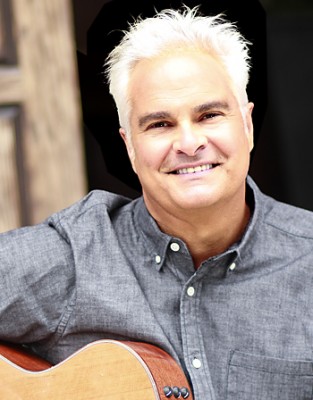

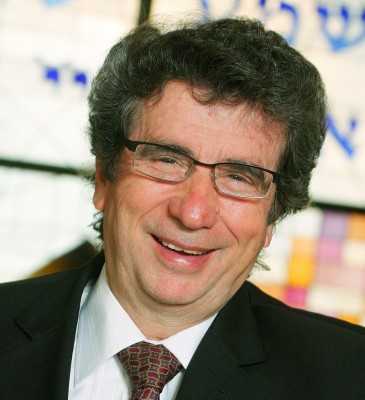
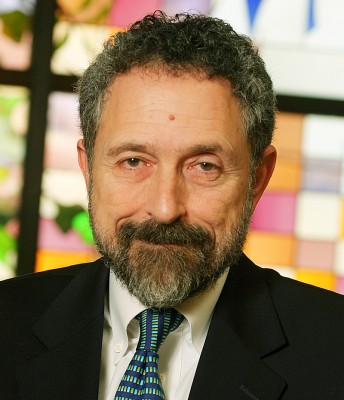
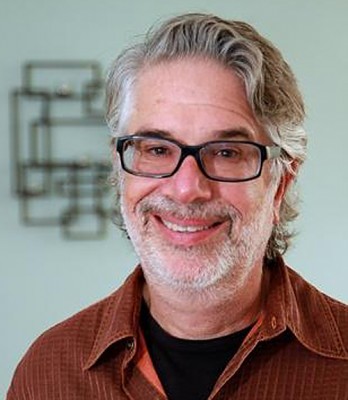


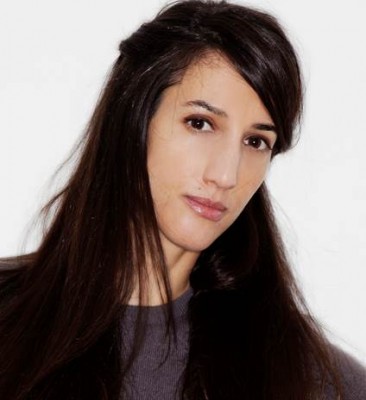
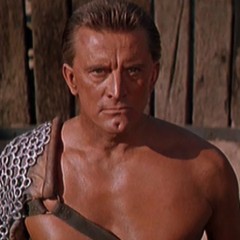 The terrific fine arts blog
The terrific fine arts blog  The all-star cast includes Laurence Olivier, Charles Laughton, Jean Simmons, Tony Curtis, Woody Strode, and Peter Ustinov, who won the Academy Award for best supporting actor for his droll performance as a sycophantic slave dealer. (The film also won Oscars for cinematography, art direction, and costume design.) See this grand, thrilling sand-and-sandals epic—a precursor of Ridley Scott’s Oscar-winning Gladiator—on the big screen, in a brand new restoration.
The all-star cast includes Laurence Olivier, Charles Laughton, Jean Simmons, Tony Curtis, Woody Strode, and Peter Ustinov, who won the Academy Award for best supporting actor for his droll performance as a sycophantic slave dealer. (The film also won Oscars for cinematography, art direction, and costume design.) See this grand, thrilling sand-and-sandals epic—a precursor of Ridley Scott’s Oscar-winning Gladiator—on the big screen, in a brand new restoration.